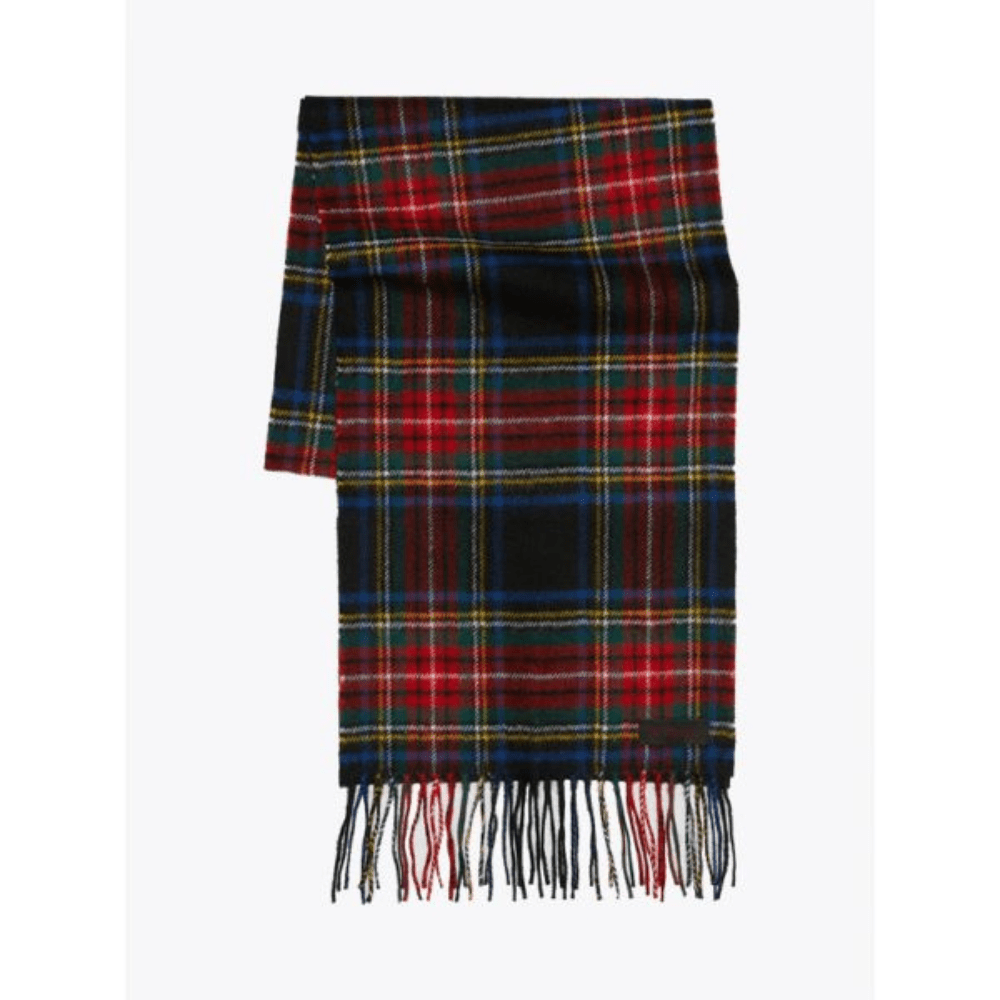
The tartan wool scarf has a rich history that is closely tied to Scotland. It is not just a piece of clothing but a symbol of Scottish heritage and culture. The tartan pattern, with its crisscrossing horizontal and vertical bands, has been a part of Scottish tradition for centuries.
Originally, tartan was worn by Scottish clans. Each clan had its unique pattern, known as a "sett." These patterns were passed down through generations, with each family proud of its design. Wearing tartan helped people show loyalty to their clan and community.
The use of tartan dates back to at least the 16th century. However, it became especially popular in the 18th century during the Jacobite uprisings. After the Battle of Culloden in 1746, the British government banned the wearing of tartan for a time, trying to suppress Scottish culture. Despite this, the tartan pattern survived and continued to be a strong symbol of Scottish identity.
In the 19th century, tartan experienced a revival. Queen Victoria and Prince Albert, who loved Scotland, helped bring tartan back into fashion. The royal family even adopted their own tartan, known as the Royal Stewart tartan. This period also saw the creation of new tartans, and the pattern became popular outside of Scotland.
The tartan wool scarf is a modern way to wear this traditional pattern. It combines the warmth and comfort of wool with the timeless style of tartan. Today, tartan scarves are worn by people all over the world. They are often used to show pride in Scottish ancestry or simply as a fashionable accessory.
Each tartan scarf still tells a story, connecting the wearer to a long history of Scottish culture. Whether worn for warmth or as a statement of heritage, the tartan wool scarf remains a cherished item in both Scottish and global fashion.
Choose options

